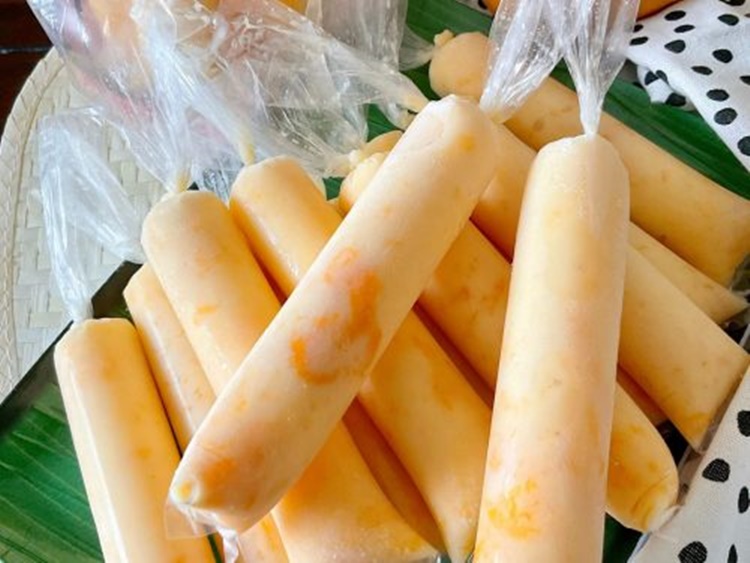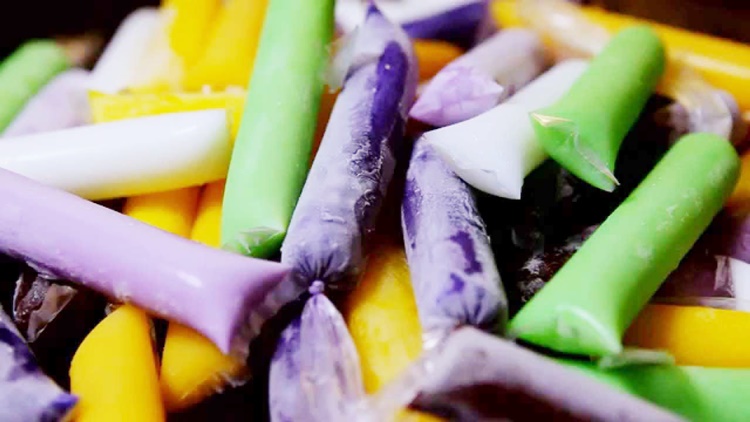ICE CANDY – Here is the history and origin of our favorite childhood snack that you probably didn’t know.
Ice candy, a beloved frozen treat, has captured the hearts and palates of people across the globe. When the scorching sun beats down and the mercury soars, there’s nothing quite like the refreshment of this frozen treat.
It typically consists of a flavored liquid, often a mixture of fruit juice, sugar, and water, which is poured into slender plastic tubes or molds. These molds are then frozen until the mixture solidifies into a delightful, portable treat.

It has wide range of flavors available from traditional favorites like mango, coconut, and strawberry to more exotic choices like lychee, tamarind, and avocado. For many, ice candy is more than just a frozen treat; it’s a nostalgic journey back to childhood.
Many people enjoy making it at home. It’s a family-friendly activity where parents and children can bond in the kitchen, mixing liquids into molds, and waiting for them to freeze.
In the Philippines, ice candy vendors are a common sight in neighborhoods and school entrances. It is popular especially during summer months.

The concept of freezing sweet liquids to create a cool treat has ancient origins particularly around 200 BC in China. People began mixing rice and milk, then packing it in the snow to freeze, creating an early form of ice cream.
The idea of freezing flavored liquids on sticks earned popularity in the United States during the early 20th century. In 1905, an 11-year-old boy named Frank Epperson accidentally left a mixture of powdered soda and water with a stirring stick on his porch during a cold night.
The next morning, he discovered his “frozen pop” and, realizing its potential, patented the concept, which became the accidental invention of popsicle.
Nowadays, ice candy has evolved offering a wide range of flavors including creamy, dairy-free, and even alcoholic versions.
